Oregon State University ECE 351 Computing Assignment 2 Solutions
VerifiedAdded on 2023/04/20
|7
|928
|251
Homework Assignment
AI Summary
This document presents the complete solution to Computing Assignment 2 for ECE 351 Signals and Systems I at Oregon State University. The assignment explores key concepts in discrete-time signal processing, including normalized frequency and its periodicity, as demonstrated through cosine wave analysis. The solution delves into the properties of Linear Time-Invariant (LTI) systems, impulse responses, and filter design, specifically using Finite Impulse Response (FIR) filters. Question 2 presents a function my_fir, which applies a filter to an input signal. The document also examines the relationship between the impulse response and system stability, and analyzes the practical application of FIR filters in simulating signal decay. MATLAB code and plots are provided to illustrate the concepts, offering a comprehensive understanding of the assignment's requirements.
1 out of 7
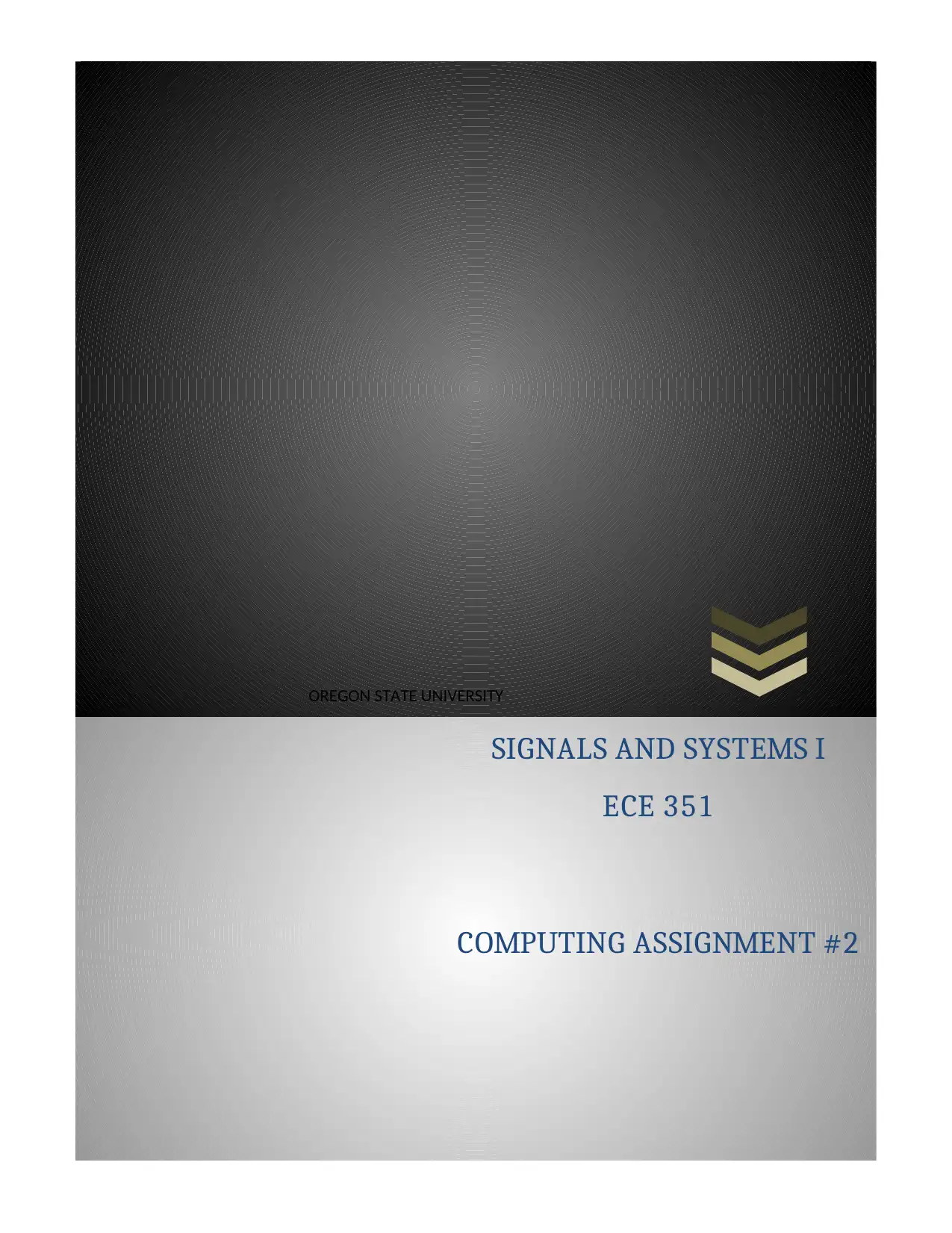
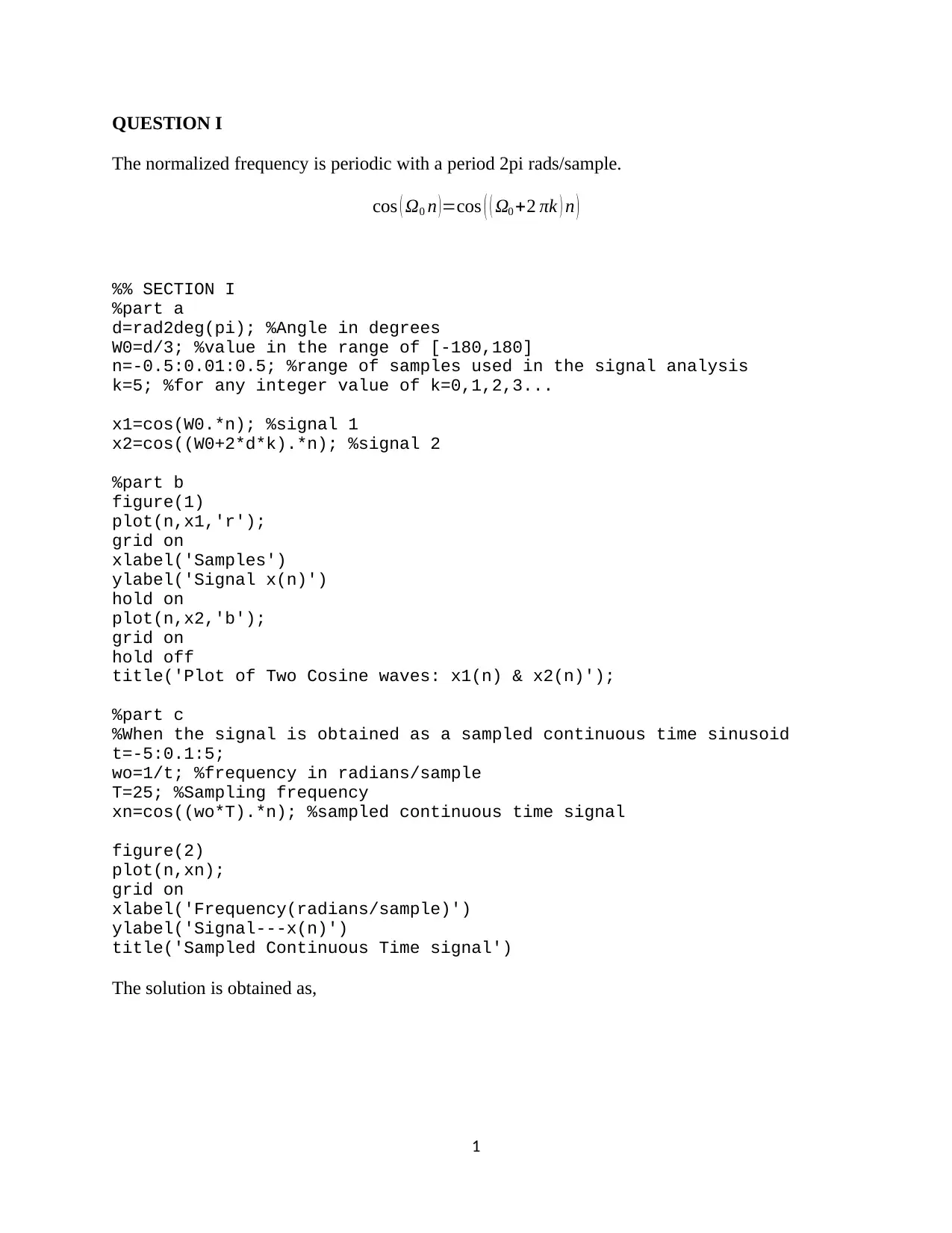
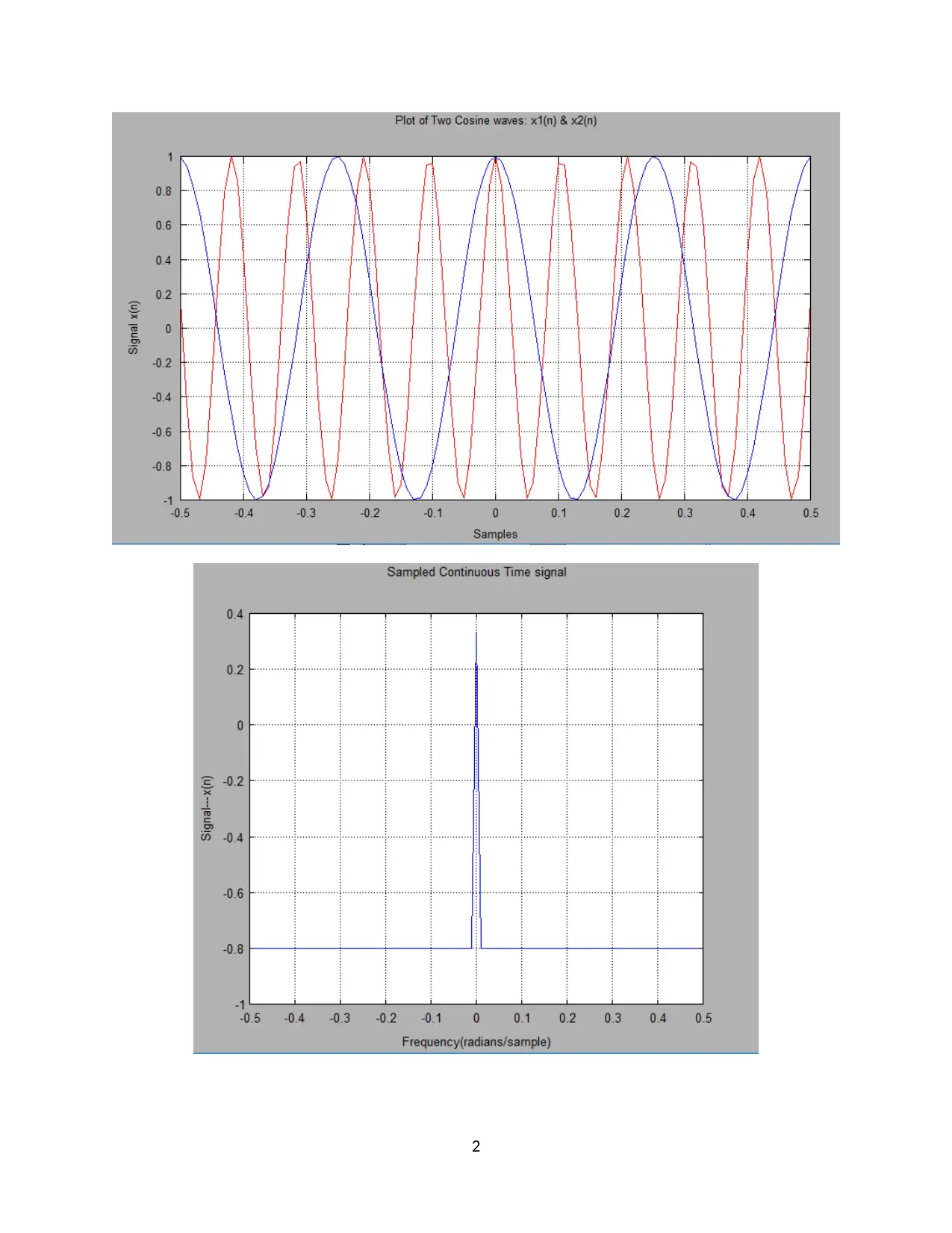

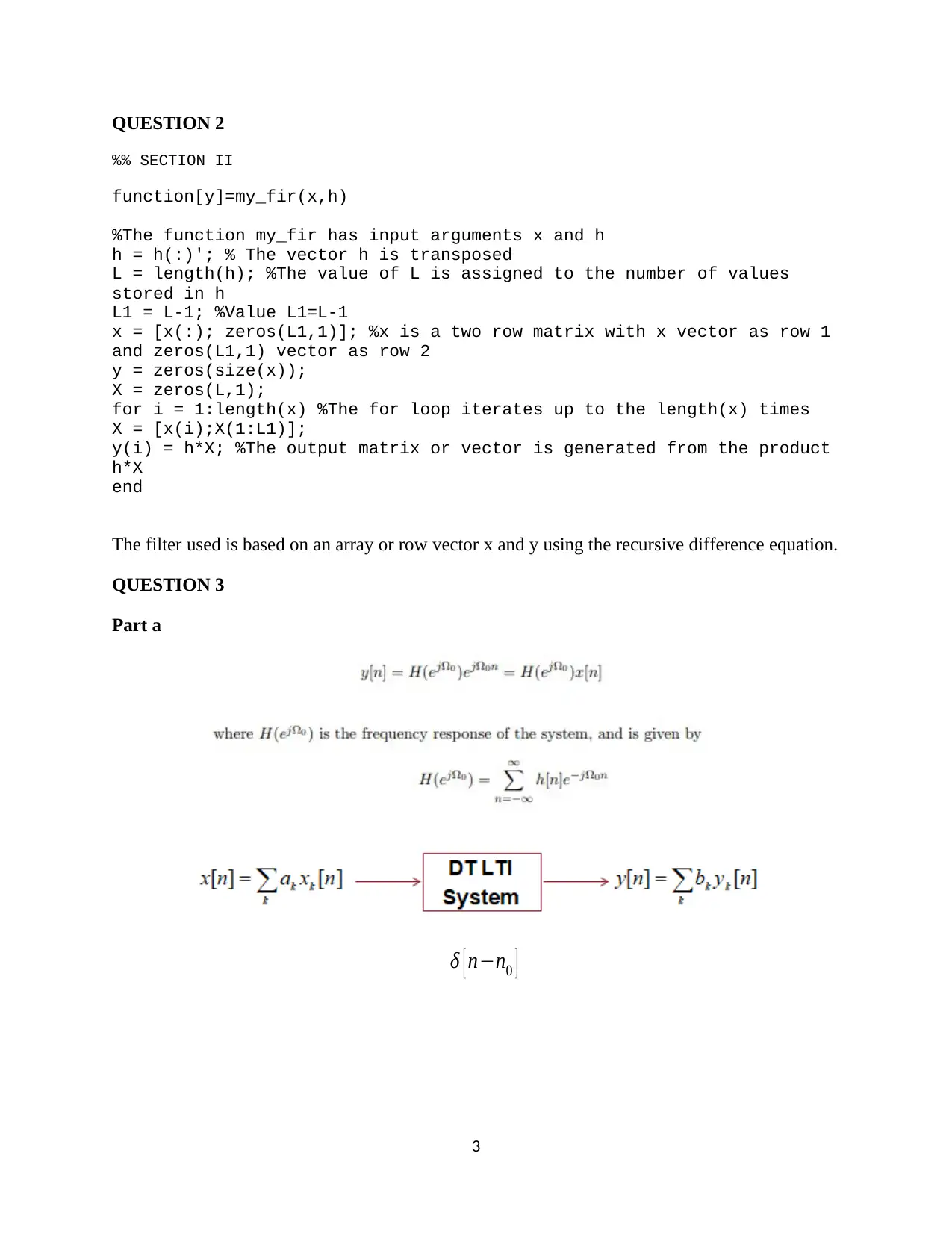
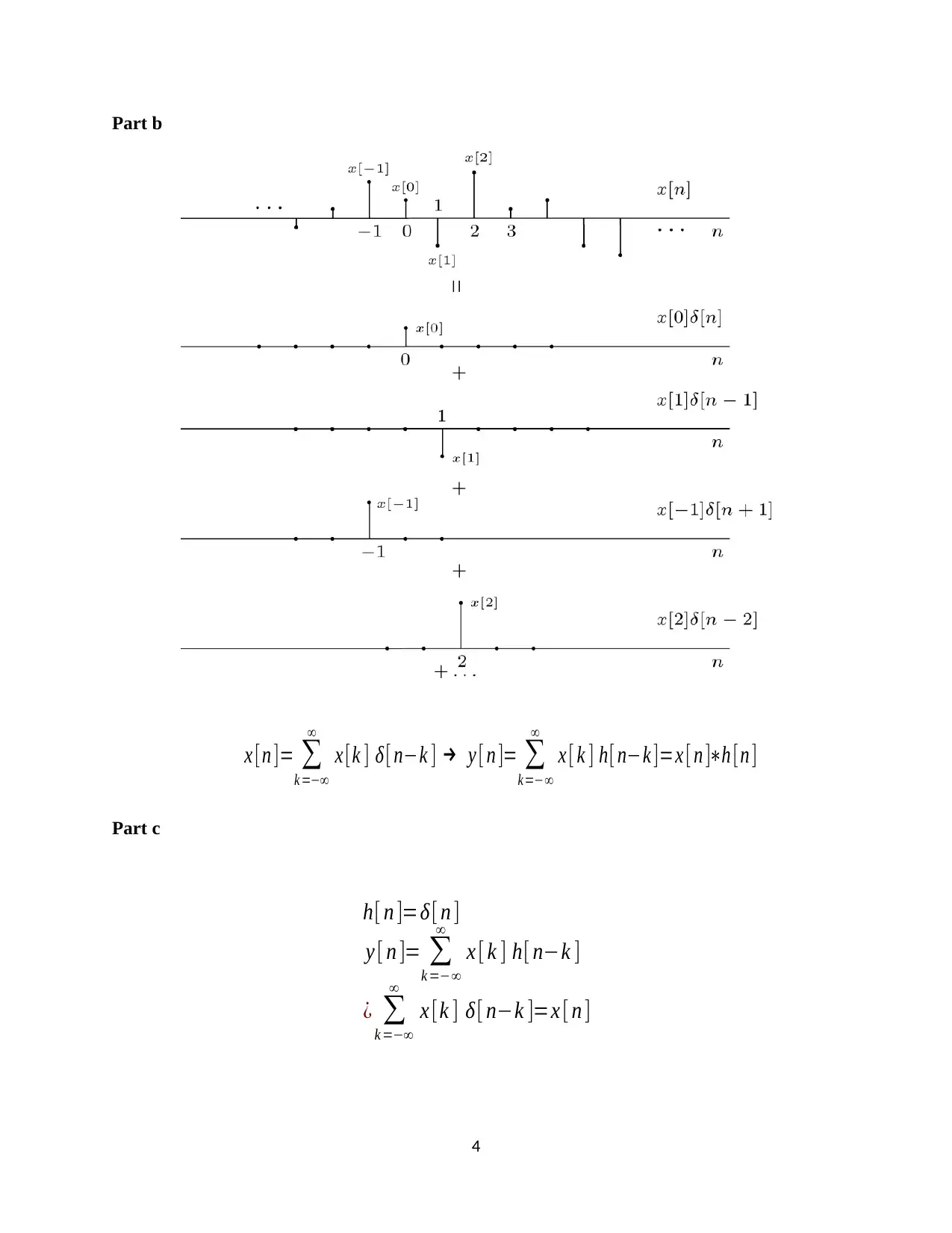
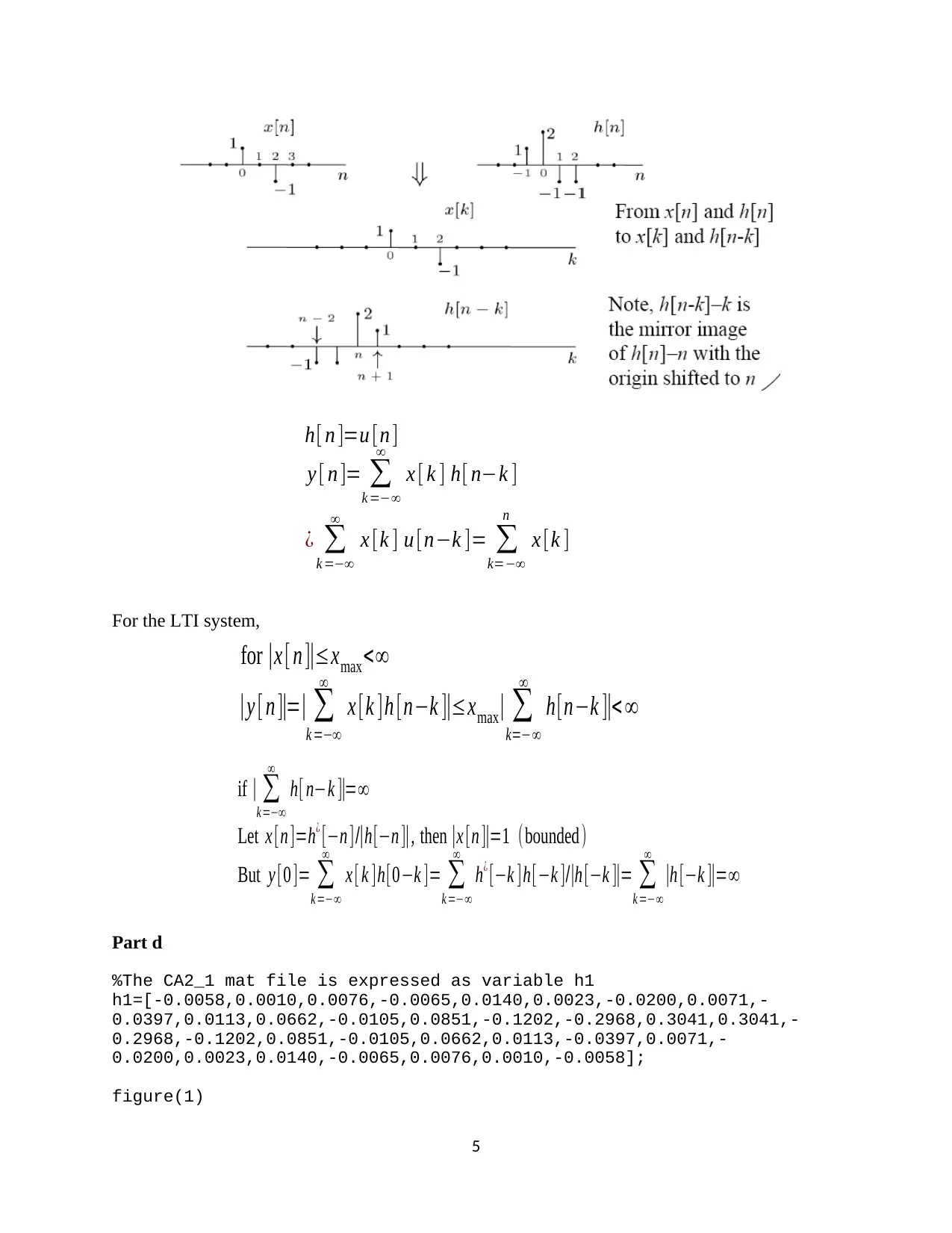
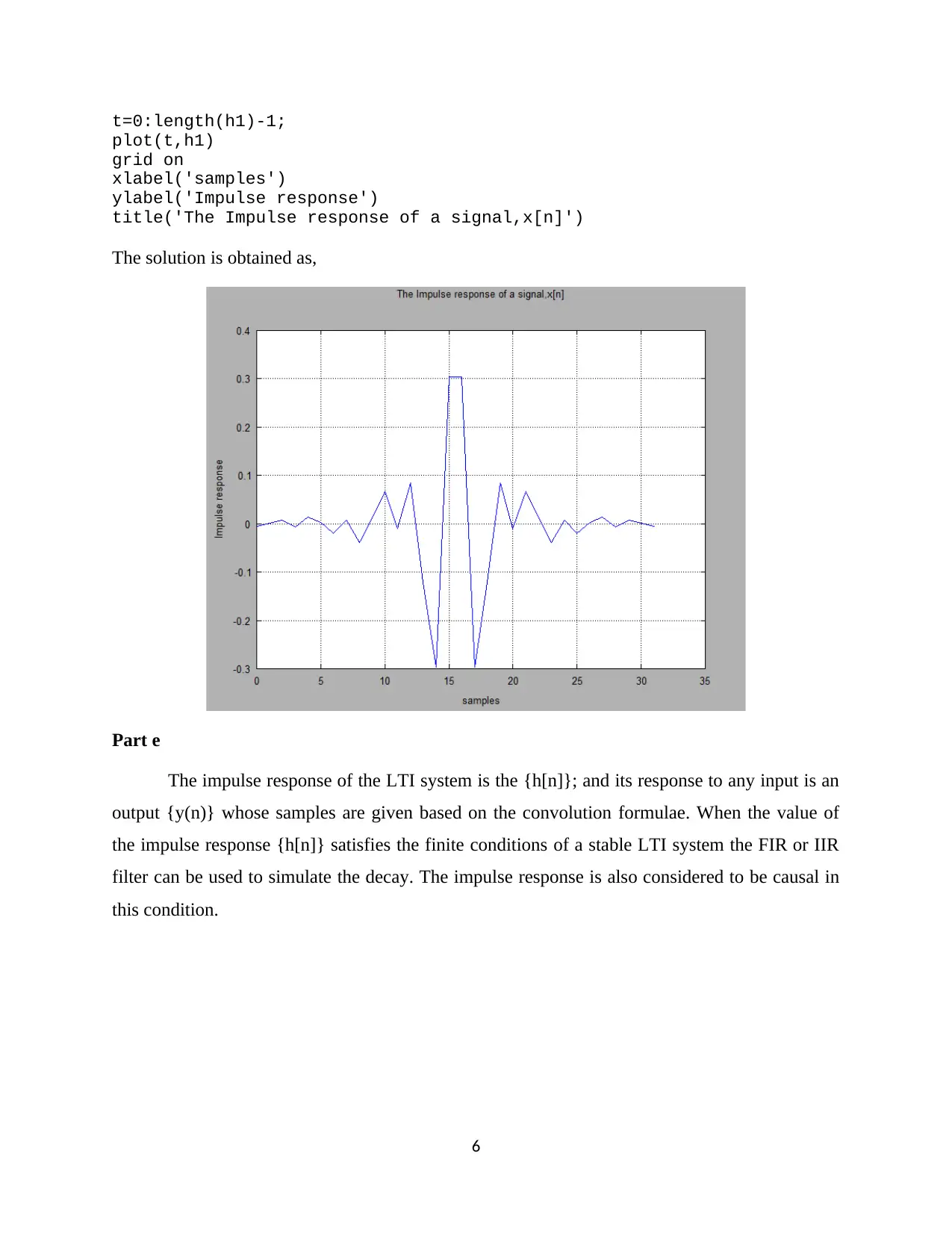






![[object Object]](/_next/static/media/star-bottom.7253800d.svg)